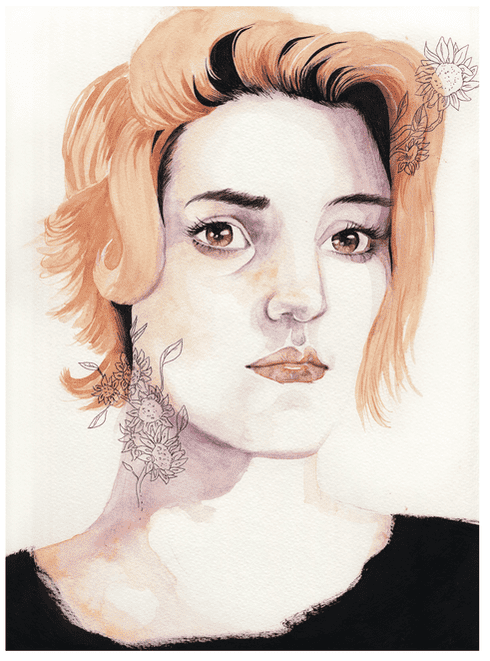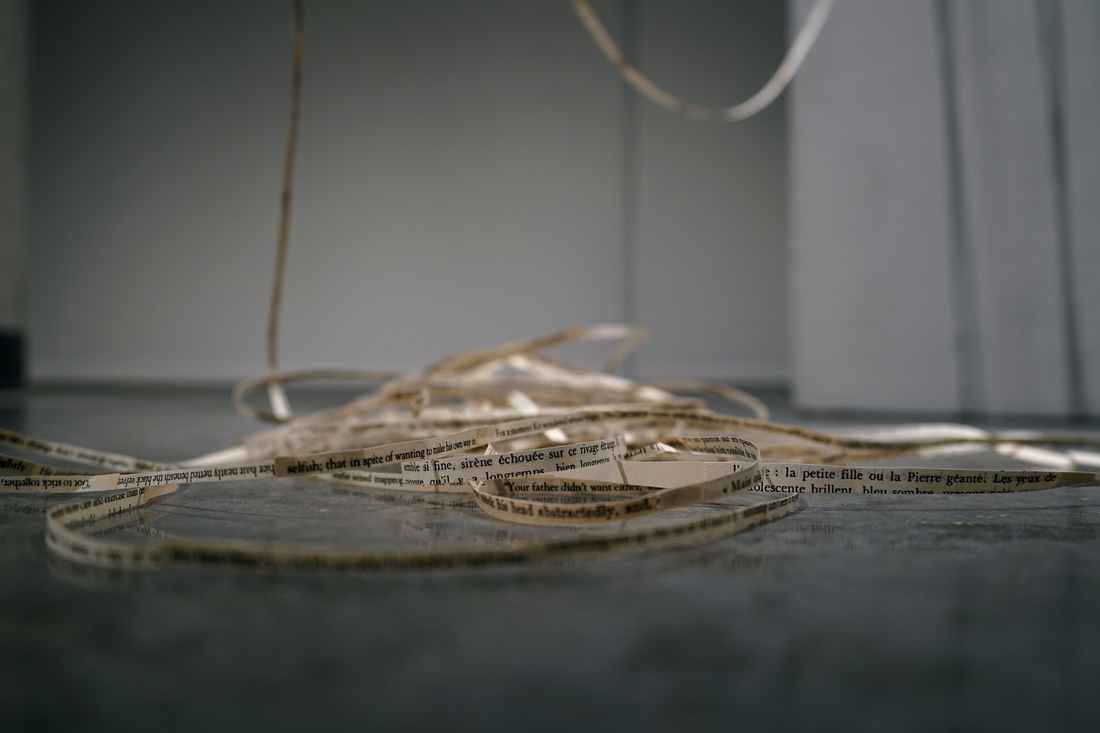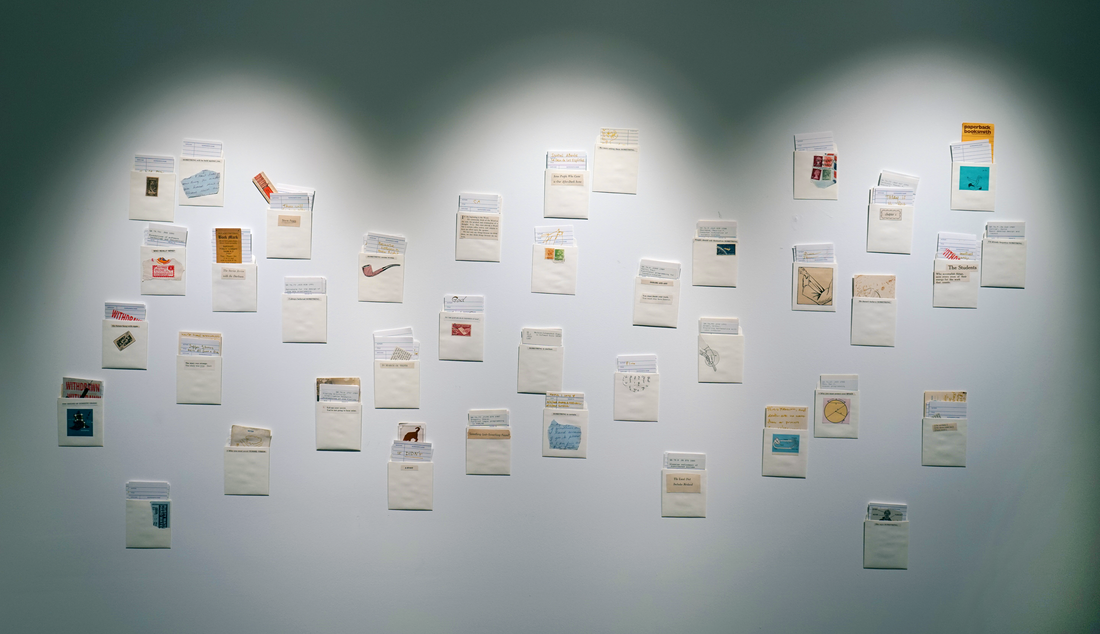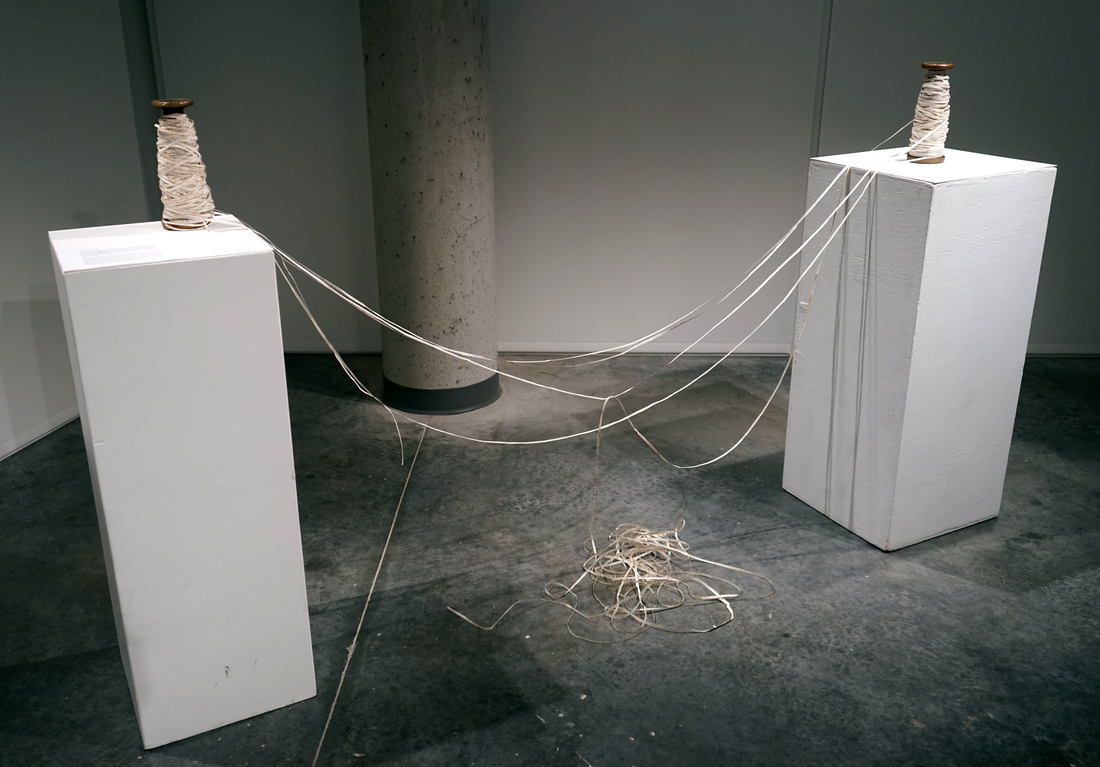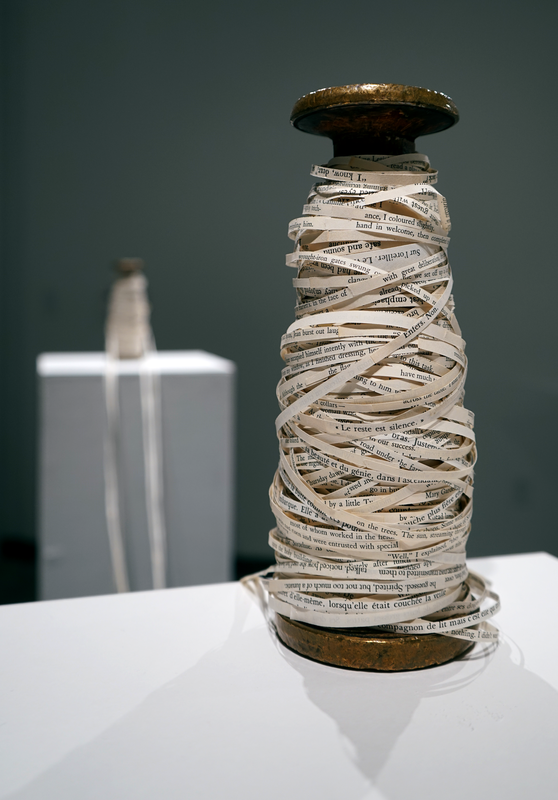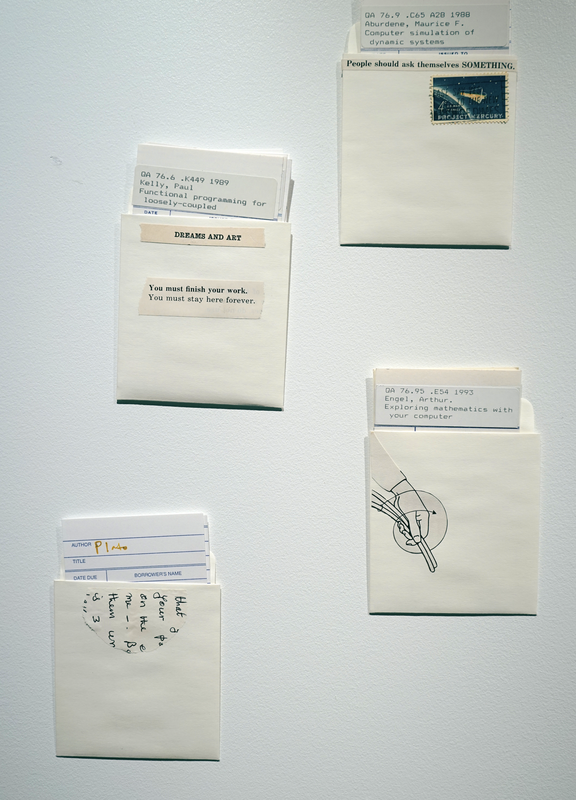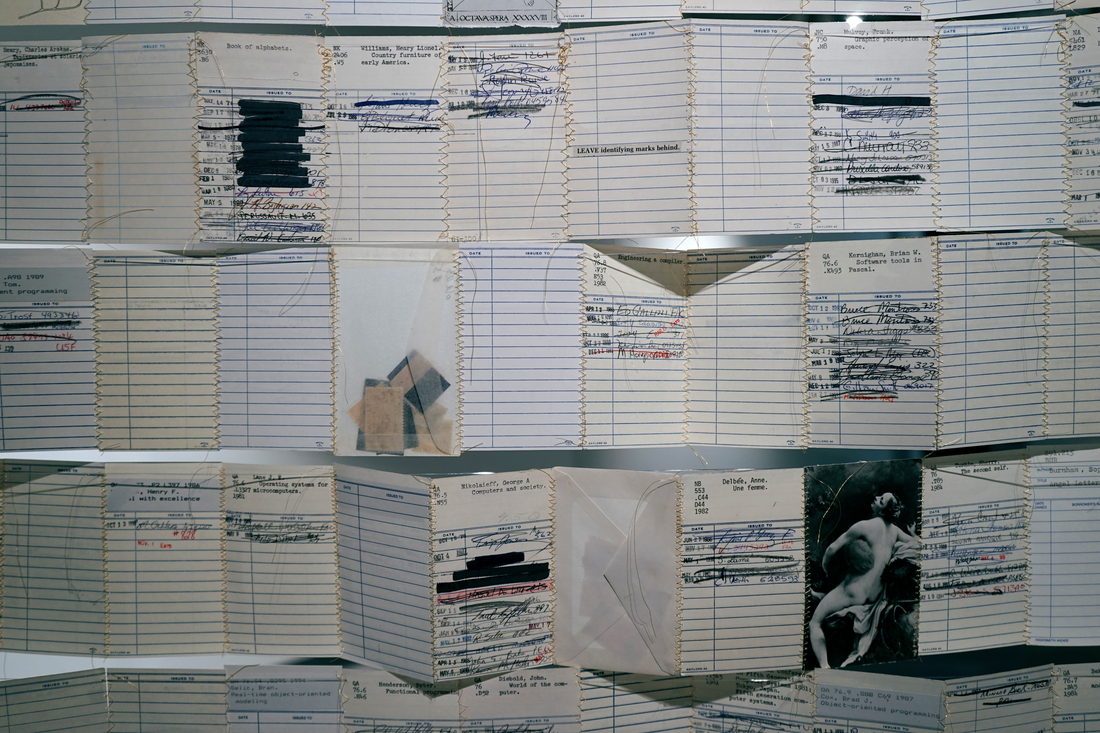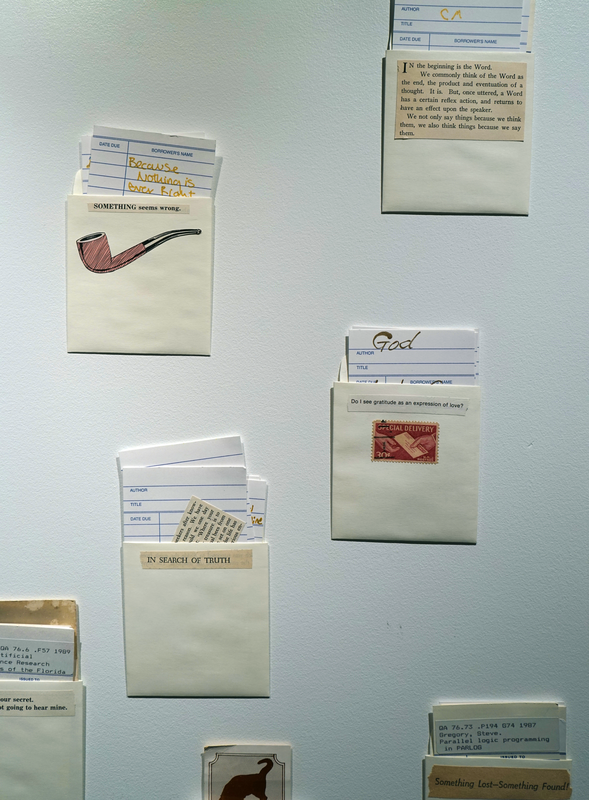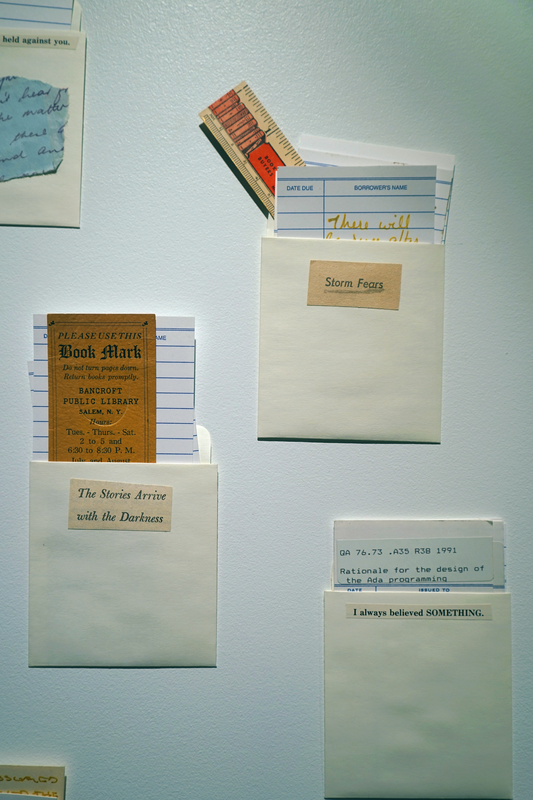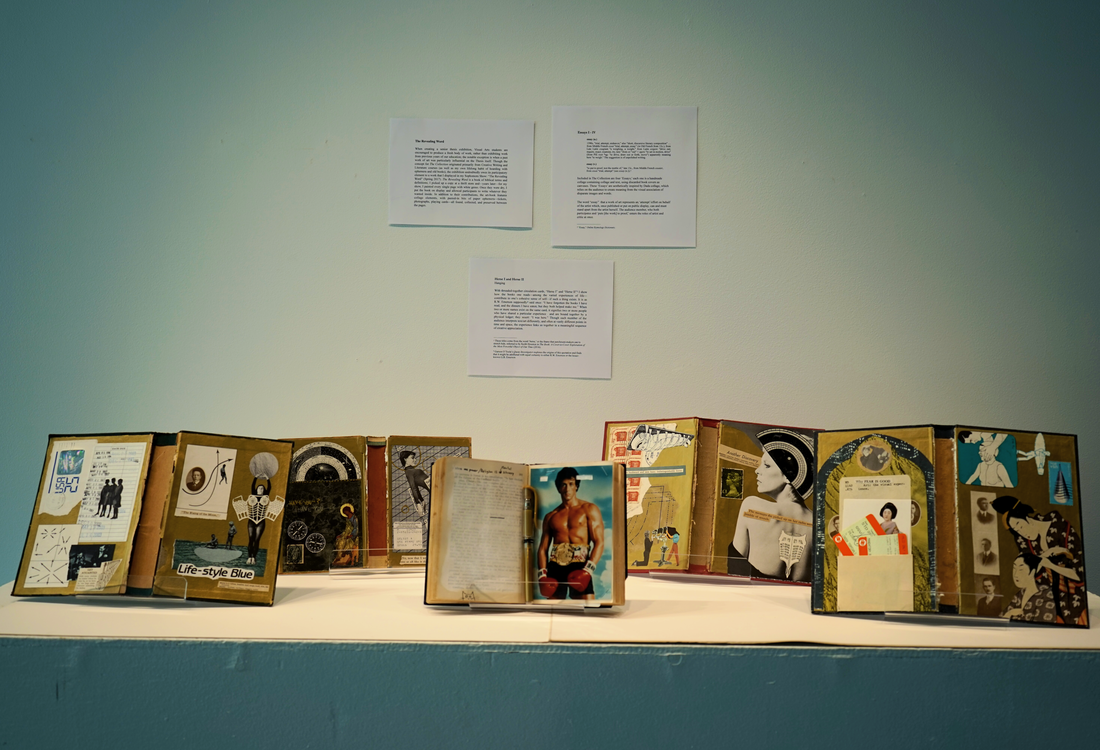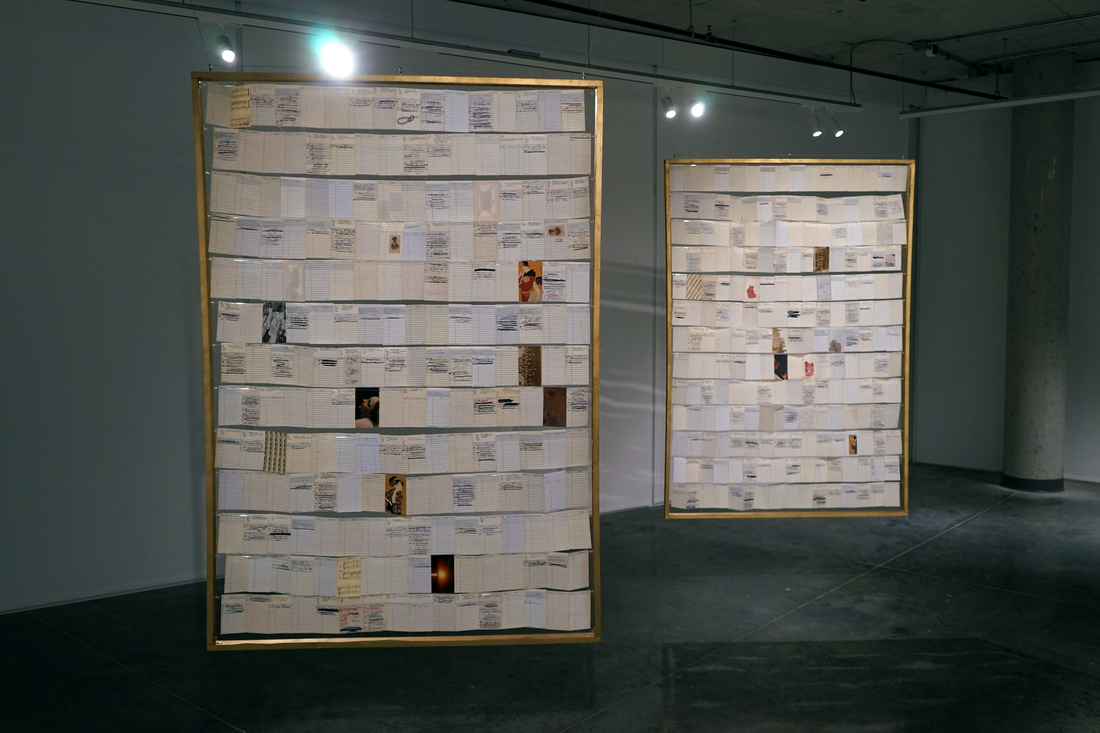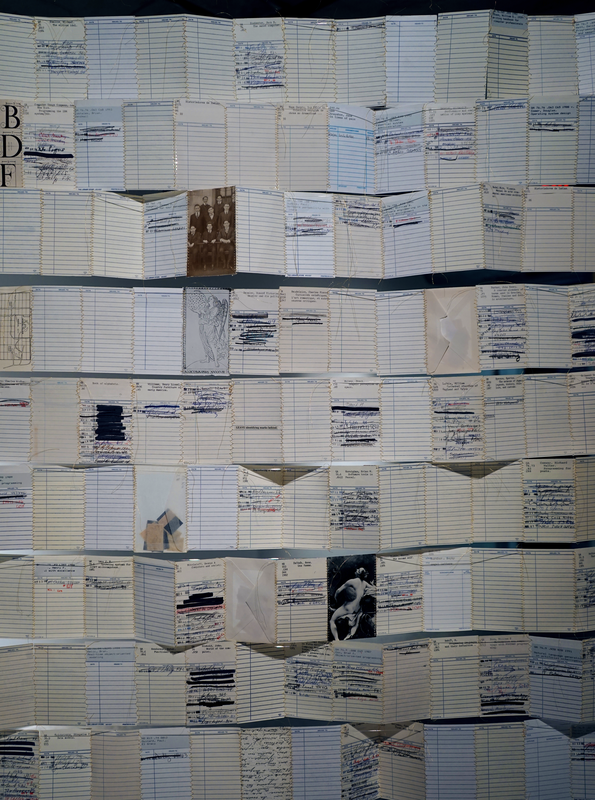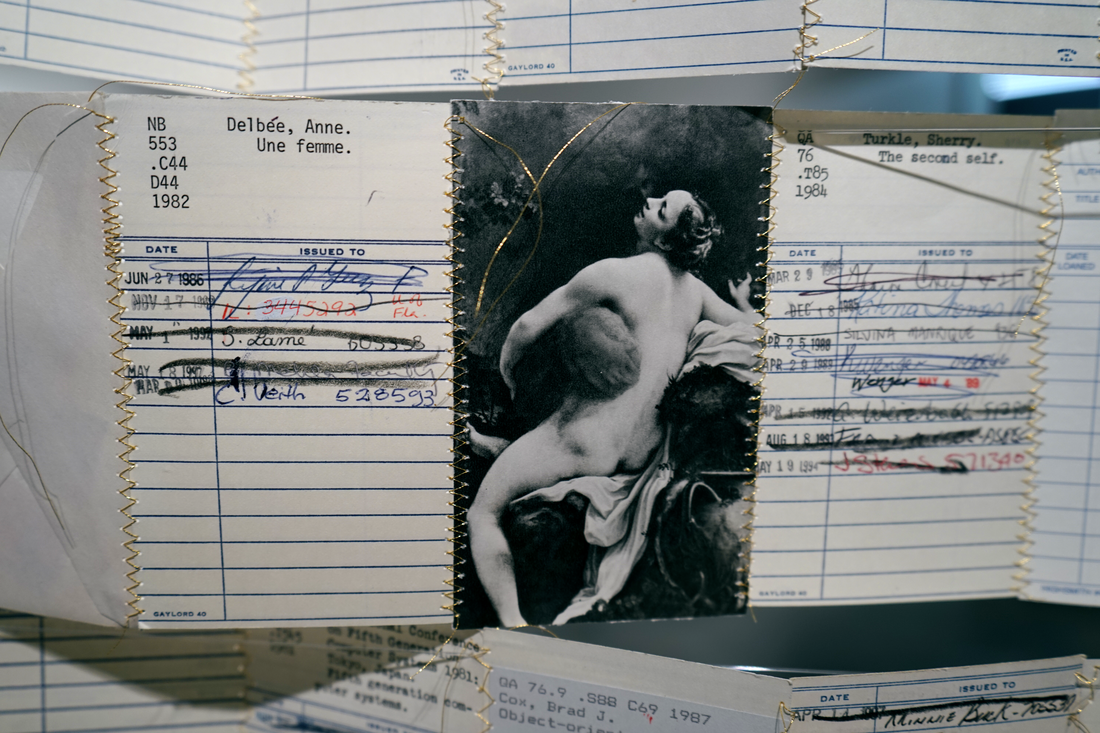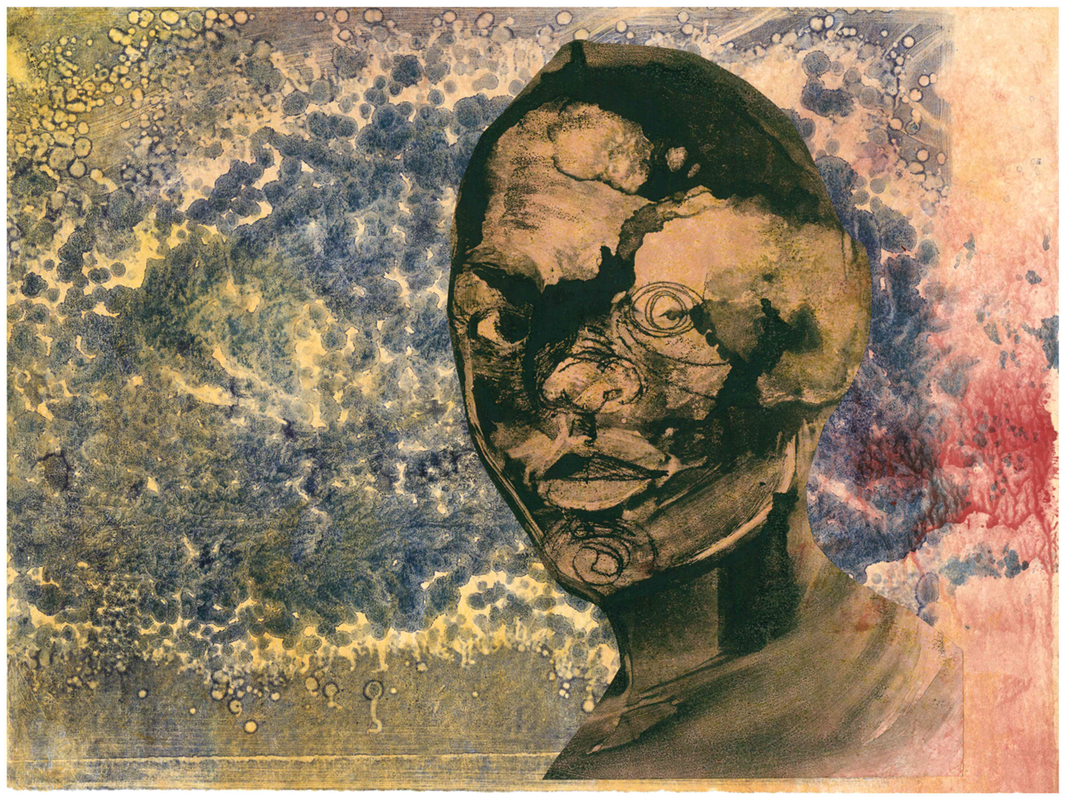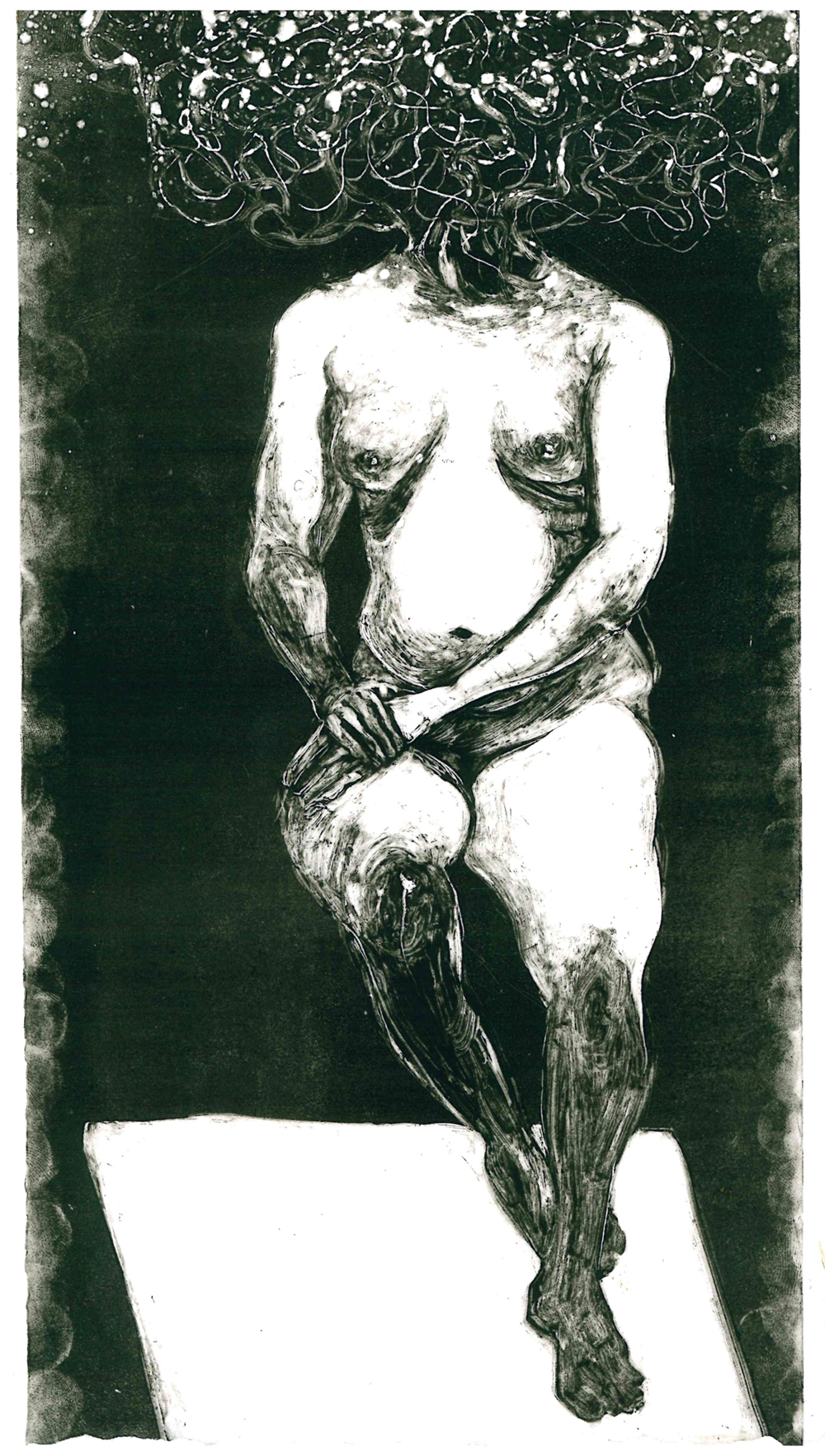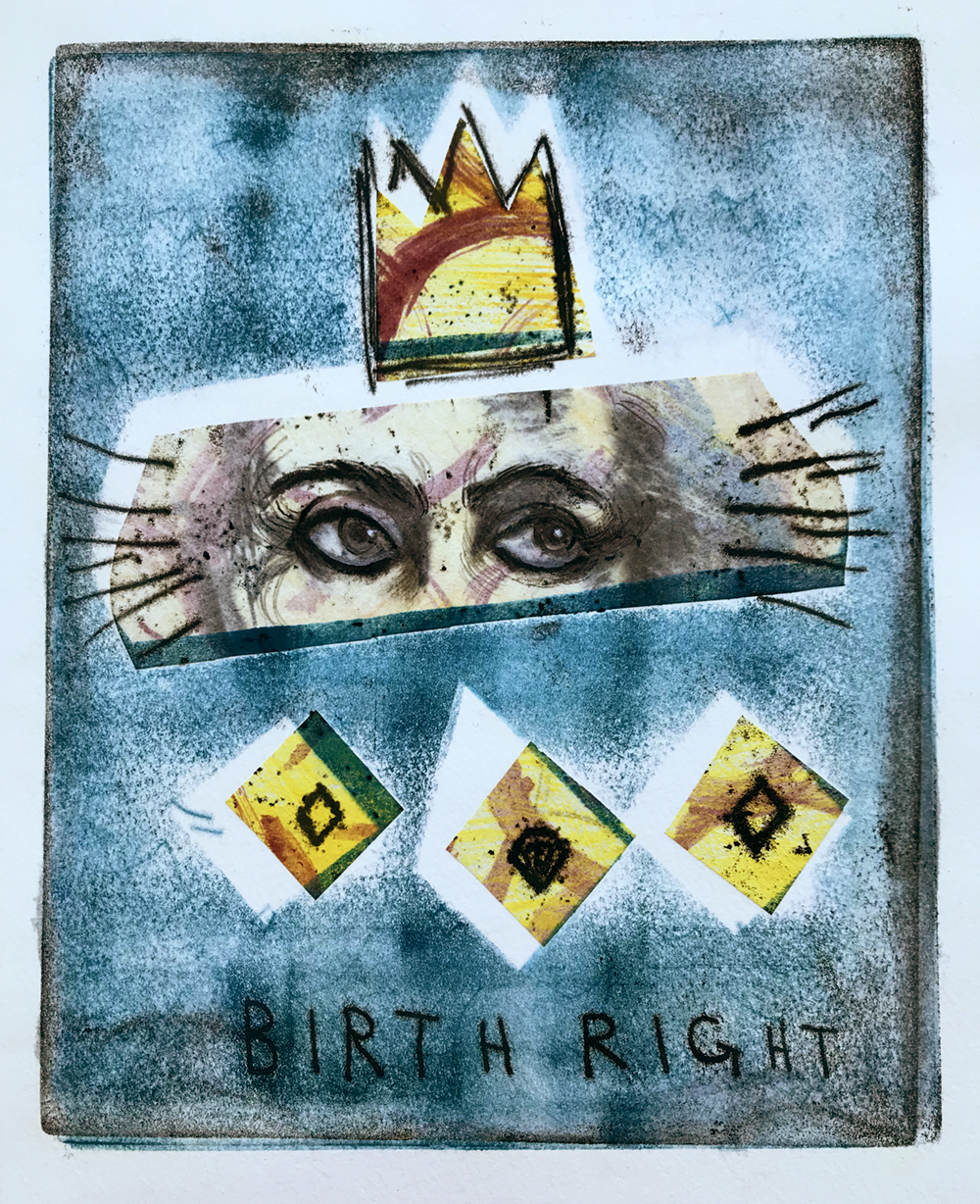Associate Podcast Producer & Interviewer Michelle Ratchford
/A creative response to the work of artist Marilyn Minter
My name is Michelle Ratchford. I’m in my 4th year at Michigan State University majoring in Global Studies and Chinese, and I am an Associate Interviews Producer for The Creative Process.
Marilyn Minter is deeply engaged and highly political. She recognizes her own positionality in the world, pairs it with her lived experience, and uses that to drive her art and enable change.
Themes in the forefront of a lot of Marilyn’s works are her desires for change and to see unorthodox beauty. She departs from many societal comfort zones to create art that isn’t always seen, but is honest, realistic, and straight forward.
Marilyn talks about how when she took photos of her mother who was a drug addict, she was unable to grasp what was so surprising and foreign to others about these photos of her mom. Along the same vein, she mentioned the concept of “high end addiction”, another concept that confuses the audience, who were more than likely socially trained to associate drugs with negatives. She has also created paintings of naked women with generous amounts of visible body hair.
These are just a few of the many examples of art that she has created that to her, are completely normalized but are outside of our societal comfort zone.
One part that stuck out for me was when she mentioned how she felt she had to create and make art because that’s the only thing she is able to do.
Marilyn had an almost visceral need to make art, regardless of whether people liked what she was doing or not. As a student, I felt a wave of reassurance wash over me when she mentioned that. I originally was a Genomics and Molecular Genetics major, and while I found it interesting I was absolutely miserable. I knew that I had to change my major, so I switched to Global Studies, and did that with another major in Chinese, and minors in bioethics, religious studies, and Arabic. These changes made sense to me and I understood that this is what I had to do to be happy and feel like what I was doing was meaningful and purposeful enough to sustain myself now and in the future. Unfortunately, its taken quite some time to have my immediate family understand and support me. Similar to Marilyn, I knew I would always have a voice, but for me, its manifesting in ways outside of art. After graduation, I plan to engage in nonprofit work and eventually get a PhD so that I can teach.
Associate Podcast Producer & Interviewer · UCLA · Ayuni Kelton
/Currently, I attend UCLA for Psychology and Gender Studies. I am a Native American from Oregon and am a member of the American Indian Student Association, Bruin Synaptogenesis, and the Archery Club. This year I’m also a contributing writer for The Native Bruin which is UCLA’s ethnic newspaper. We publish once a month and discuss hot topics, resources for minorities at school and also some fun prices that the normal newspaper won’t publish. We like to push the rules. This year, I’m writing, helping run the social media, celebrating strong Native leaders and honoring our people as part of Native American Heritage Month. I also just applied for a large research scholarship program that would help me design and execute a town research project. Over the next 2 years, I will attend graduate school/research seminars and present my work at undergraduate research meetings. In the evening, I volunteer with Bruin Corps and American Indian recruitment where we tutor underserved schools in the community. I love to give back to the youth to encourage them to attend college. As a part of The Creative Process, I am engaging with intellectuals who are pushing boundaries and conducting exciting research. I’m my own field, I am fascinated by interpersonal communication in intimate relationships. Gender biases and aggression between the sexes really sparks my interest. I am looking forward to the opportunity of interviewing and learning from great minds.
Writer, Artist & Associate Podcast Producer Sorella Andersen
/I am Sorella Andersen, a writer and mixed-media artist based in Florida, a recent graduate of Eckerd College, and Associate Interviews Producer for The Creative Process.
As an interdisciplinary creator, myself, I am interested in work that resists categorization, or redefines it. I recently anchored the interview with Itamar Kubovy, Executive Director of Pilobolus Dance Company. When he says that he thinks of Pilobolus’ work as “theater, or sculpture, [the creation of] icons,” or even “movement as the manifestation of thought,” he grasps at an essentially elusive nature -- a form defined in relation to more recognizable forms, but not quite centered in any of them, always shifting and, he says, “creating its own rules” as part of the collaborative process.
I am interested in work that must be understood on its own terms, which seems to call attention to its indefinability. In my thesis exhibition at Eckerd College, titled “The Collection,” I explored the book as aesthetic object, and the process of creation as one that exists in collaboration between artist and audience. I hoped to illuminate, with my work, the dualities brought to mind when experiencing a book as, for example, both Aesthetic & Functional, Luxury & Disposable, as a Complete work left Incomplete without an audience, as something Privately experienced but (often) widely available, and as an experience Of the body (in its tangibility) and Of the mind and imagination.
Part of the intriguing nature of Pilobolus’ work is, I think, in similar dualities. In this interview, Kubovy speaks to the, quote, “central tension” between the individual voice and the group-as-author. I find Kubovy’s wording here interesting--when he speaks of dance, what one might think of as a purely visual art form, Kubovy introduces concepts of authorship and language. This is not a language of, as he says, “an agreed upon set of conventions,” but rather of the spaces between individual perspectives - a language of abandoning the known and conventional to arrive at new “rules.” This is “giving up” the self, in two senses: to contribute, to “give,” one’s voice and experience, but also to surrender to the language of the group. The audience, too, engages with the language of the dance -- even sometimes as overtly as when Pilobolus dancers form letters and words with their bodies, physically embodying the abstract.
Their words have allowed me, as I hope they will for you, to consider not only the diverse stories to be told in life, but also to embrace the various possible methods of telling.
Sorella Lark is a 2018 graduate of Eckerd College with a Bachelor of Arts degree in Creative Writing and Visual Art. Her written work has been published by Prime Number Magazine, Z Publishing, and Eckerd Review.
Sorella's primary works of visual art are in collage, mixed media, and printmaking, the former being the focus of her Ford Apprentice Scholars Program study at Eckerd. Her senior show, The Collection, took place in April 2018.
Self-Portrait; selected artworks from The Collection, Sorella’s senior thesis exhibition; and monotypes created during her Ford Apprentice Scholars Program
THE ART OF TRANSLATION
/My interest in translation began in high school, as we had to translate English and Spanish literary works into French. Throughout my “classe préparatoire”, I had to do not only translations into French but also translations into English and Spanish. For instance, I had to translate into English Emile Zola’s L’Assommoir and translate into Spanish Françoise Sagan’s Bonjour Tristesse.
This labour of translation requires precision and a sense of detail that consists in choosing the right word in accordance with the context. As a result, one has to be sensitive to the original text but on the other hand, a good translator needs to have hindsight to produce a translation that does not like one.
That is why I was glad to be the translations organizer for Mia Funk’s Creative Process, which took place in March 2016 at the Sorbonne. Mia sent me the full interviews that she had with writers such as Douglas Kennedy. I had to select the most meaningful extracts and divide them to give them to the four girls who worked on the translations with me: Lou Churin, Ariane Ravier, Lilas Cuby, and Vasilena Koleva.
My selection process had two stages. First, I listened to what Mia told me about writers: how she saw them and painted them. Then, considering what I heard about each writer, I selected the extracts that were most likely to be understood by the public. My goal was to aide comprehension of Mia’s paintings through the extracts posted next to each painting. For example, light-blue tones, which are almost transparent, convey perfectly the dreamy aspect of some writers. In this case, the extract chosen must have a quiet narrative tone.
I chose to translate Hilary Mantel’s entire interview. Everything was fascinating: from her interest in women’s history under Henry VIII to her connection with theatre, everything.
Having been impressed by the intelligence, imagery and intense metaphoric nature of Marie Darrieussecq's interview, meeting her at Mia Funk’s exhibition opening was a great opportunity to get to know her in another way than through her interviews.
One often says that choosing also means renouncing. Choosing to translate an extract and not another one is the translator’s stance. It is his ability to express himself, because otherwise the translator is the one who totally disappears when he translates someone else’s words. I am very thankful that Mia Funk gave me this opportunity and I hope you will enjoy our translations as much as we enjoy doing them!
Olivia Reulier is currently studying law and philosophy in La Sorbonne. Before that, she was in a literary “classe préparatoire” for two years.
L'ART DE LA TRADUCTION
Mon goût pour la traduction a commencé dès le lycée où nous avions à traduire des œuvres littéraires (anglaises et espagnoles). Pendant toute la durée de ma classe préparatoire littéraire, j’ai été amenée à faire non seulement des versions mais aussi des thèmes. Ainsi, nous devions traduire L’Assommoir d’Emile Zola en anglais et Bonjour tristesse de Françoise Sagan en espagnol. Ce travail de traduction nécessite une rigueur et un sens du détail qui consiste à choisir le mot juste en fonction du contexte. Il faut donc être sensible au texte original et également s’en détacher pour proposer une traduction qui n’en paraît pas une.
C’est pourquoi j’ai été ravie d’être responsable des traductions pour le Creative Process de l’artiste Mia Funk qui a exposé à La Sorbonne en mars 2016. Mia m’envoyait ses interviews entières qu’elle avait eues avec des auteurs comme Douglas Kennedy. Je devais ensuite sélectionner les extraits qui me paraissaient les plus significatifs et répartir les différents extraits aux quatre filles qui travaillaient avec moi sur la traduction : Lou Churin, Ariane Ravier, Lilas Cuby, and Vasilena Koleva.
Etant très intuitive, mon processus de sélection des extraits se déroulait en deux temps. D’abord, j’ai écouté ce que Mia me disait de chacun des auteurs, comment elle les voyait et les peignait. Ensuite, en fonction de ce que j’avais entendu des écrivains, je sélectionnais les extraits les plus susceptibles de parler au public, de lui faire comprendre pourquoi Mia les avait peints de cette façon. Ainsi, les tons bleu clair presque transparents traduisent parfaitement le côté rêveur propre à chaque écrivain. Dans ce cas, l’extrait choisi doit avoir un ton plutôt lent et narratif.
Une interview que j’ai choisi de traduire en entier est celle de Marie Darrieussecq. Tout était passionnant. De son goût pour l’histoire des femmes à l’époque d’Anne Boleyn à son lien avec le théâtre, tout.
Après avoir été impressionné par l’intelligence, l'imagerie et de la métaphore intense nature de son interview. Avoir en plus l’occasion de rencontrer Avoir en plus l’occasion de rencontrer Marie Darrieussecq lors du vernissage a été l’opportunité de rencontrer celle que je connaissais qu’à travers ses interviews !
On dit souvent que choisir c’est renoncer. Choisir de traduire un extrait plutôt qu’un autre est une prise de position de la part du traducteur. C’est la possibilité pour lui de s’exprimer, lui qui s’efface totalement pour traduire avec le plus d’exactitude possible les propos de quelqu’un d’autre. Je remercie Mia Funk de m’avoir laissé cette liberté et j’espère que vous apprécierez nos traductions autant que nous avons apprécié leur composition !
Olivia Reulier étudie actuellement le droit et la philosophie à La Sorbonne. Avant cela, elle était dans la littérature «classe préparatoire» pendant deux ans.




